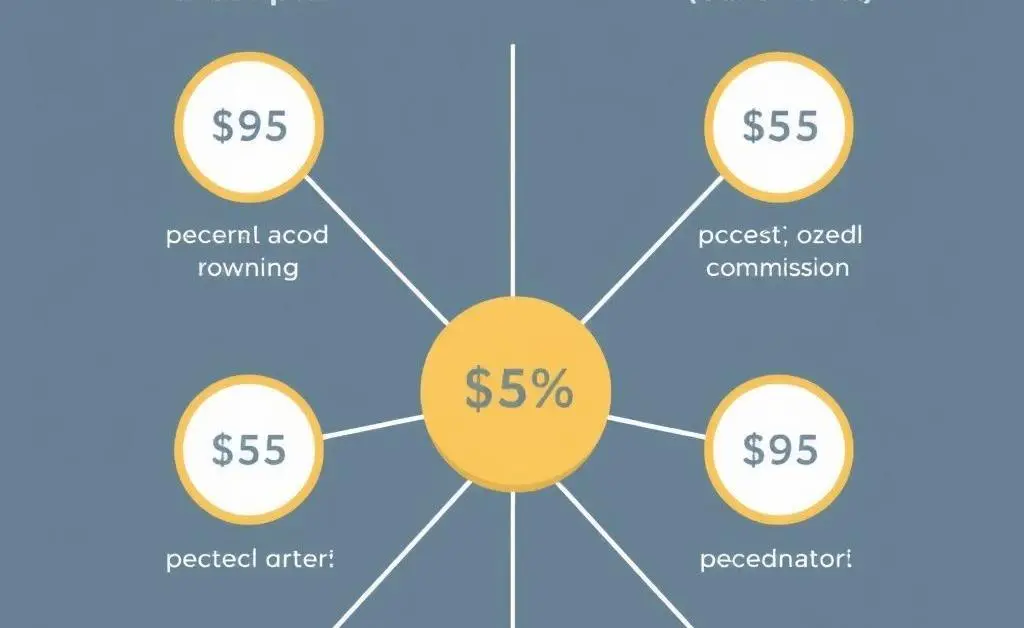How to Navigate Investment Commissions: A Thoughtful Guide
Discover tips on managing investment commissions without stress.

Investing can sometimes feel like navigating a maze, especially when you're faced with tricky commission fees. But, just like enjoying a warm cup of tea with a friend, understanding investment commissions can become a delightful part of your financial journey.
Understanding Investment Commissions
If you've ever felt a bit puzzled by investment commissions, you're not alone. Many new investors wonder why they're necessary and how they impact their overall returns. Essentially, investment commission fees are the costs you pay to a brokerage or investment platform for executing trades on your behalf.

Just like when you pay a small fee for a service that saves you time or effort, these commissions ensure your trades are processed smoothly. However, they vary across different platforms and can sometimes feel a tad overwhelming.
Types of Commission Fees
Here's a little breakdown of common commission fees you might encounter:
- Flat Fee: A fixed rate charged per transaction, regardless of the trade size.
- Percentage Fee: A charge that's a percentage of the total trade value.
- Minimum Fee: A baseline charge that applies if your percentage-based fee is lower than a certain amount.

By understanding these fee structures, you're better equipped to choose a platform that aligns with your investment goals.
Strategies to Minimize Commission Costs
Reducing commission costs doesn't have to be stressful. Here are some thoughtful ways to ensure you're getting the best bang for your buck:
1. Choose the Right Broker
Take the time to compare various brokers. Some may offer lower flat fees, while others might provide better rates for high-frequency traders.
2. Bundle Your Trades
Instead of making frequent small trades, consider grouping them into larger transactions. This approach can sometimes lower your overall commission costs.
3. Leverage No-Commission Opportunities
Many platforms offer limited no-commission trades on certain products. Exploring these options might save you some extra cash.

Final Thoughts
As we sip on our metaphorical tea, remember that investing is a personal journey—one where understanding and collaboration lead to growth. By demystifying commission fees and learning how to manage them, you set the stage for a financially rewarding experience.
Have you found any particular strategies helpful for managing your investment costs? Feel free to leave a comment or continue the discussion. Your insights could very well guide someone else on their journey.




